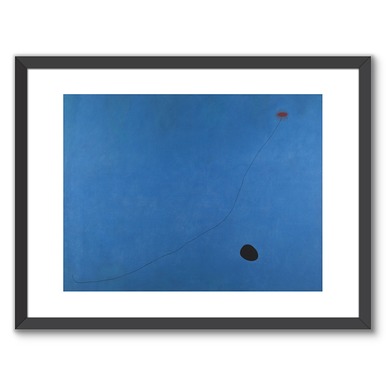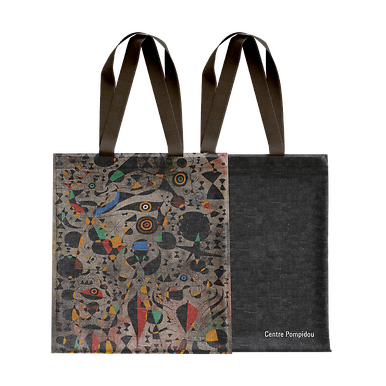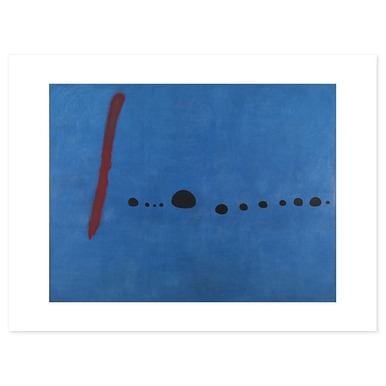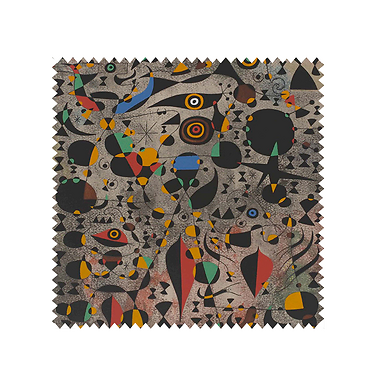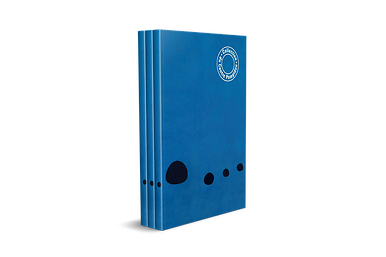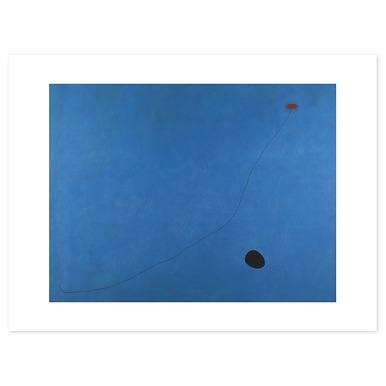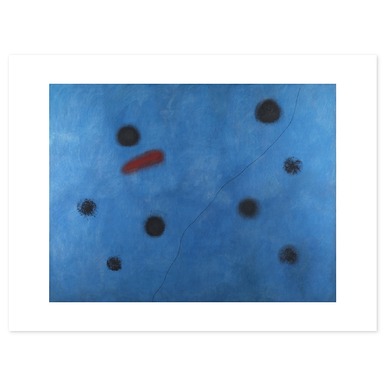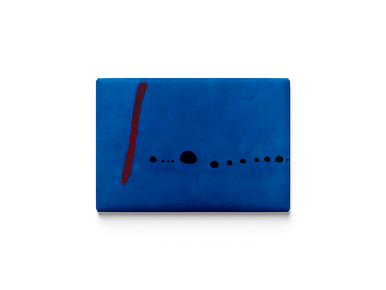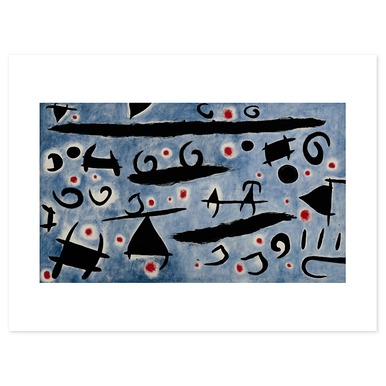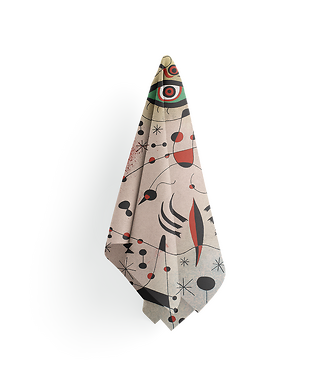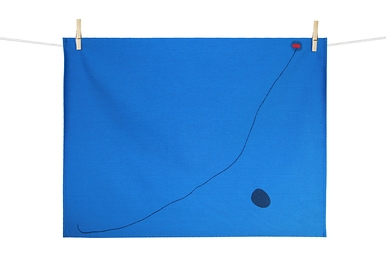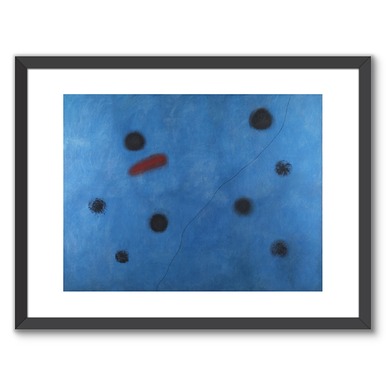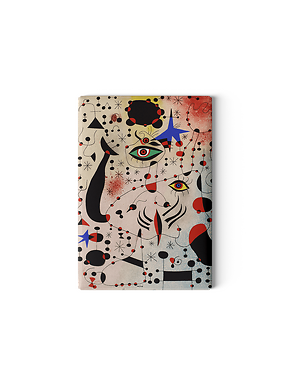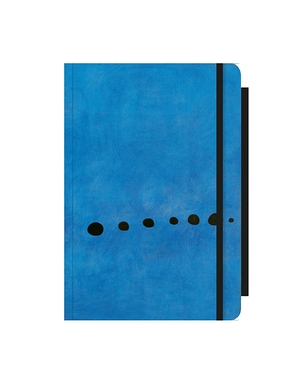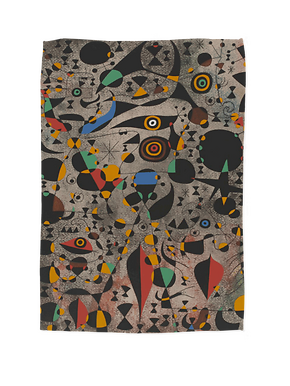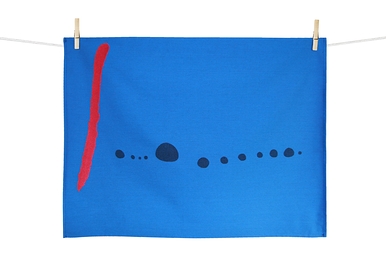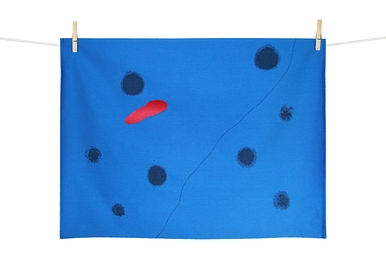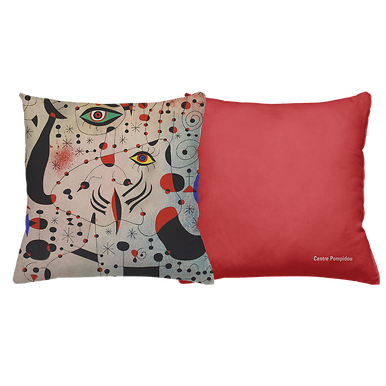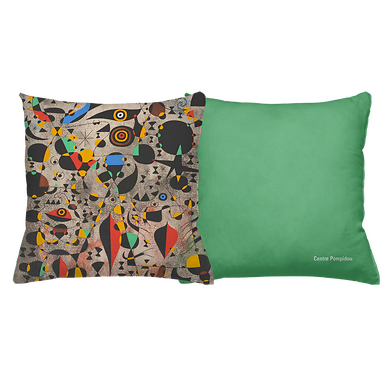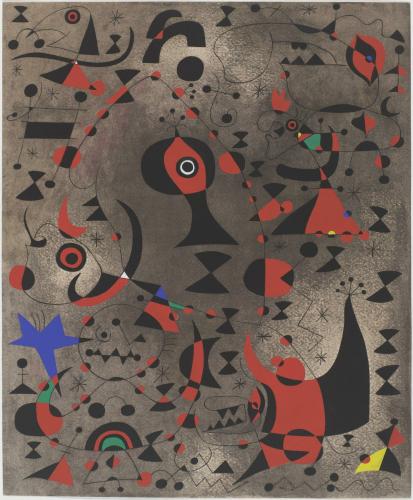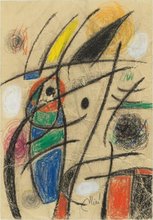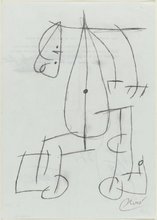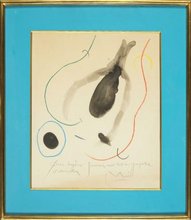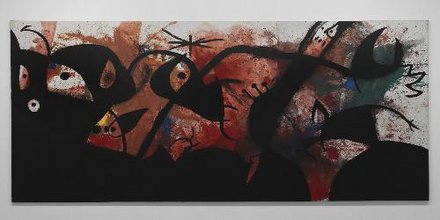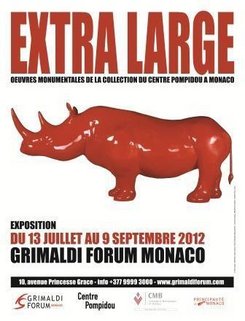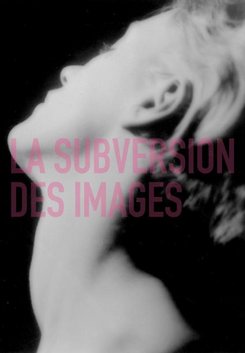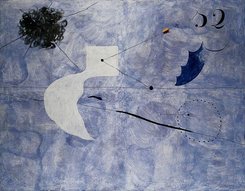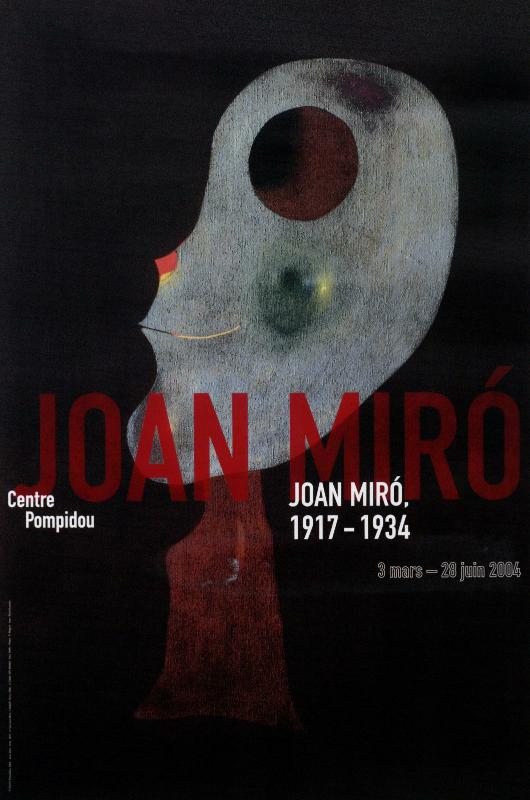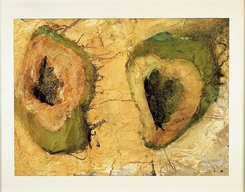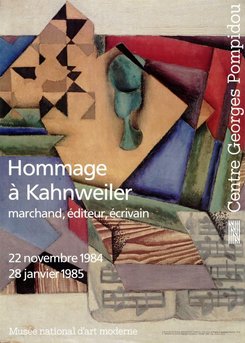Artist/personality
Joan Miró
Peintre, Sculpteur, Céramiste, Graveur

Joan Miró
Peintre, Sculpteur, Céramiste, Graveur
Nationalité espagnole
Birth: 1893, Barcelone (Espagne)
Death: 1983, Palma de Majorque (Espagne)
© Successió Miró / Adagp, Paris
Biography
A prolific artist, closely connected with the history of Surrealism, Joan Miró spent his entire life back and forth between Paris and his homeland of Catalonia. The work of this "classic contemporary" artist features landscapes, portraits and still lifes, in a constant search for the primary and essential gesture. His painting is traversed by a tension between abstraction and figuration, and his large canvases, dominated by the colour blue, evoke a highly personal dreamlike world. Miró is also known for his large public commissions from the 1970s, such as Deux personnages fantastiques (Two Fantastic Characters, 1976), a monumental sculptural ensemble in La Défense, Paris.
Joan Miró was born in Barcelona in 1893, to a family of goldsmiths and jewellers. At the age of 14, he enrolled at business school in Barcelona, to please his father, but got bored and started taking classes at art school as well. At 18, he contracted typhoid and went to convalesce at the family farm in Montroig, Catalonia. That was where he decided to devote himself exclusively to painting. From then on, he spent all his summers there.
From 1912 to 1915, the young artist continued his training and discovered the modern painting of Vincent Van Gogh, the Fauves and the Cubists, particularly thanks to gallery owner Joseph Dalmau who exhibited works by the Parisian avant-garde. After World War I, Miró moved to Paris. In 1920, he met Pablo Picasso, who brought him into the Cubism movement. The 1920s saw the development of a free pictorial language, inspired by the landscapes and country life in Montroig, as shown in Intérieur (Interior), 1922.
In his Paris studio on Rue Blomet, he started to spend time with the figures who would give birth to Surrealism: André Breton, Robert Desnos, Michel Leiris, André Masson, Max Jacob, Jacques Prévert, Louis Aragon, Paul Éluard, and others. Miró was one of the signatories of the 1924 Surrealist Manifesto and he participated in the first Surrealist exhibition in 1925. He created the series of Peintures de rêves (Dream Paintings, 1925-1927) and Paysages imaginaires (Imaginary Landscapes, 1926-1927), and worked on the sets and costumes for the ballet Roméo et Juliette with Max Ernst (1926). In response to the joyful and, in the words of Breton, "childlike" aspect of his art, there is his desire to "kill" painting, which led him to create his first painting-objects, collages and assemblies of found objects (L’Objet du couchant [Object of Sunset], 1935-1936). In the 1930s, he started to be very well-known in the United States, thanks in particular to Pierre Matisse, son of painter Henri Matisse and Franco-American art dealer.
The Spanish Civil War, followed by World War II, forced him to move multiple times and plunged him into a delicate financial situation. In the 1950s, he had a studio built in Palma de Mallorca, where he created his first large triptychs. He also made several large works in collaboration with ceramicist Artigas, such as the hundreds of ceramic tiles for two walls in the UNESCO Headquarters in Paris, Mur du soleil (Wall of the Sun) and Mur de la lune (Wall of the Moon). In 1961, he started to paint his large triptych, Bleu I, Bleu II, and Bleu III (Blue I, Blue II and Blue III), one of the masterpieces in Centre Pompidou’s current collection.
Medias
Events
In the store
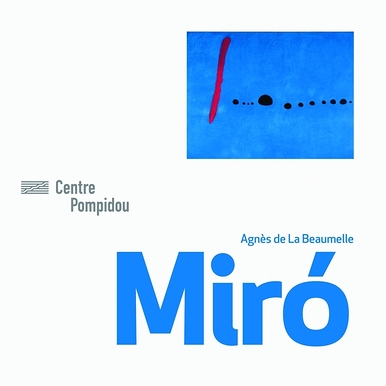
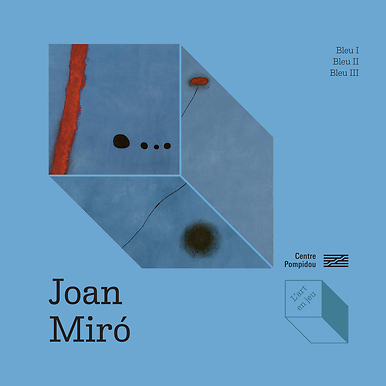
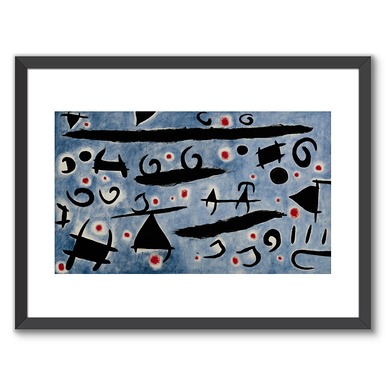
Framed Art Print "Danse de personnages et d'oiseaux sur un ciel bleu :...
179,00 € 161,10 € Member
